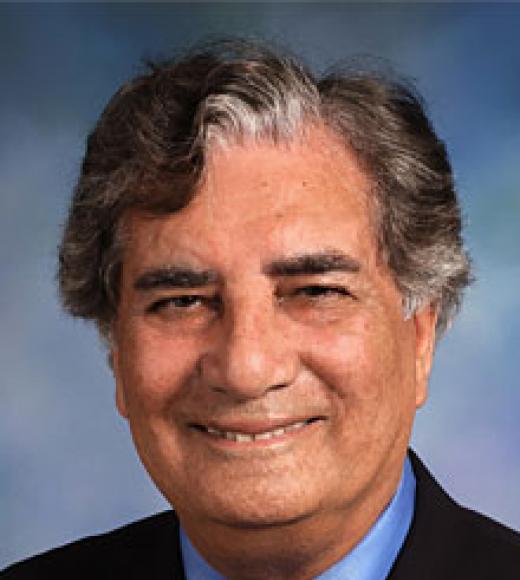
Position Title
Distinguished Professor Emeritus
- Materials Science and Engineering
Combustion Synthesis and Processing of Materials
Munir's research emphasizes the fundamental aspects of the synthesis and processing of materials by combustion methods, involving worldwide collaborations with a number of universities and other institutions. Specific current topics include:
Synthesis of functionally-graded composite materials by centrifugally-assisted combustion
The goal of this research is to synthesize a graded composite with a composition changing from a pure ceramic phase to a pure metallic phase in a continuous fashion. The presence of a liquid phase during the simultaneous combustion makes it feasible to introduce a gravitational field as another processing parameter. Graded composites of ZrO₂/M (with M being Cu, Ni or Fe) are being investigated. The aim is to understand the relationships between combustion parameters, materials characteristics and gravitational fields in the synthesis of tailored composites.
Field-assisted combustion synthesis
This research focuses on the role of electromagnetic fields in combustion synthesis. Experimental results demonstrate that when a field is externally imposed, the combustion process is dramatically altered. Difficult-to-synthesize materials such as SiC, WC, B4C, etc. are easily synthesized when a field is present. A U.S. Patent has been issued for this innovative process of synthesis.
Multilayer combustion systems
Research of the propagation of combustion waves in thin (100 nm) multilayer systems are aimed at providing an understanding of the role of phase transformation and diffusion on the rates of wave propagation. Metallic (e.g., Ni-Al and Ti-Al) and nonmetallic (e.g., Si-C) systems can be examined under conditions of high combustion wave velocities (up to several meters per second). Multilayer systems, which are initially deposited under an ultra-high vacuum (10-9- 10-ll Torr), provide ideal, contamination-free interfaces that make the correlation between microstructural development and combustion kinetics possible.
Development of SHS diagrams
Theoretical studies of self-propagating high-temperature synthesis (SHS) have resulted in the introduction of the concept of SHS diagrams. Experimental investigations have been carried out to determine the validity of such diagrams. Investigations continue to focus on incorporating additional processing parameters (including electric fields) to develop such diagrams for a variety of technologically-important materials.
